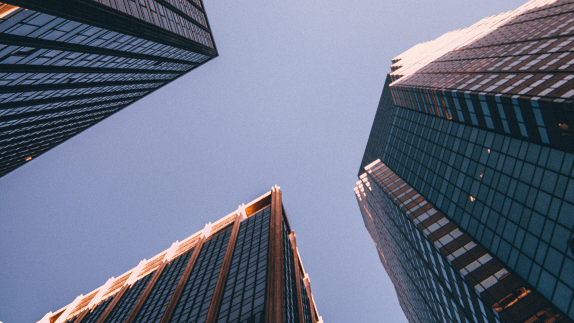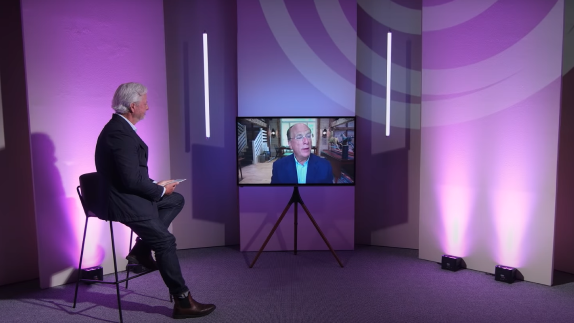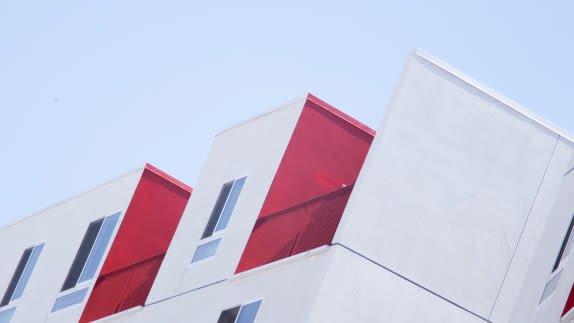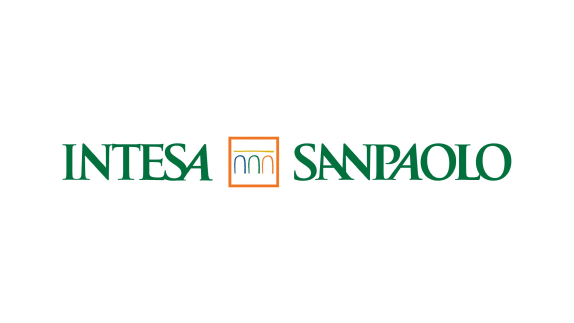
name:
Embracing the circular economy at Italy’s largest bank: Intesa Sanpaolo
founded:
2007
origin:
Italy
Intesa Sanpaolo is an Italian international banking group. With 14.6 million customers, it is Italy’s largest bank by total assets and one of the top 30 largest in the world. Intesa Sanpaolo Group is active in Europe, Central Eastern Europe, the Middle East and North Africa, as well as the United States, Brazil, Russia, India and China.
Companies that shift towards a circular model can increase their medium to long-term competitiveness, becoming more appealing to financial institutions in terms of funding and financial support, while creating a positive impact within local communities.
Carlo Messina, CEO, Intesa Sanpaolo
Intesa Sanpaolo has a long-standing objective to promote sustainable economic development and is committed to social and environmental responsibility. Between 2007 and 2014, the bank supported more than EUR 11 billion investments in the environment and renewable energyrenewable energyEnergy derived from resources that are not depleted on timescales relevant to the economy, i.e. not geological timescales..
Promoting and supporting the circular economycircular economyA systems solution framework that tackles global challenges like climate change, biodiversity loss, waste, and pollution. It is based on three principles, driven by design: eliminate waste and pollution, circulate products and materials (at their highest value), and regenerate nature. is of primary importance to Intesa Sanpaolo and it is embedded as a strategic pillar within the banking group’s 2018 - 2021 Business Plan.
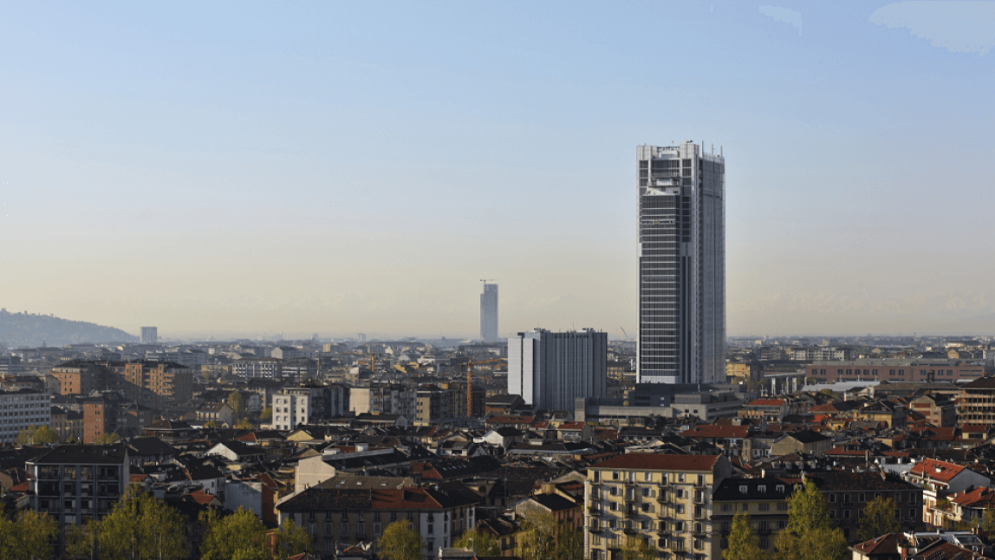
Intesa Sanpaolo's LEED Platinum certified HQ in Turin
How does Intesa Sanpaolo support the circular economy
Intesa Sanpaolo views the circular economy both as a mechanism to accelerate the achievement of its own ESG commitments, and as a way to assess the risk and growth potential of companies, as well as the impacts that these companies may have on the environment and local communities.
“The risks of continuing to operate in a linear, extractive economic model are becoming more evident by the day, affecting not just the global economy, but the financial sector that underpins it.”
- Max Tellini, Head of Circular Economy, Intesa Sanpaolo Innovation Center (Circular Economy Show)
To seize the circular economy opportunity, Intesa Sanpaolo has taken four key actions:
Setting circular economy as a strategic priority
Innovating in financial products, credit policies and lending strategies
Actively supporting the development of the circular economy market
Exploring the integration of circular economy into risk assessment models
On a day to day basis, Intesa Sanpaolo provides financing and consulting assistance to support their existing and future customers on their circular economy journey.
Intesa Sanpaolo’s specific circular products and activities include:
The Plafond – a dedicated EUR 6 billion credit facility for innovative companies of all sizes with practices aligned to circular economy principles.
A EUR 750 million green bond focused on the circular economy, with the proceeds allocated to financing circular economy companies and projects through the Plafond.
A Circular Economy Lab in Milan, in collaboration with Fondazione Cariplo, designed and managed by Intesa Sanpaolo Innovation Center and Cariplo Factory. The Lab supports the circular transformation of corporates and SMEs through education and open innovation programmes.
In 2020 the group allocated more than EUR 2.5 billion to the green (e.g. renewable energy, energy efficiency, sustainable management of natural resources) and circular economy, corresponding to 2.9% of all group loans.
Moreover, in 2021 Intesa Sanpaolo announced that the bank will provide over EUR 400 billion in medium/long-term lending to businesses and households in support of Italy’s National Recovery and Resilience Plan. For businesses, the group will focus its support on those projects that are closely related to the plan’s priorities, such as green, circular and ecological transition, infrastructure and transport, as well as urban regeneration projects.
Finally, the group is also strongly committed to accelerate the circular transition, thanks to its advocacy and stakeholder engagement, both at national and international level. One example is represented by a three-year Memorandum of Understanding signed with the Ministry of Economy of the United Arab Emirates in 2020, to encourage cooperation in innovation and circular economy.
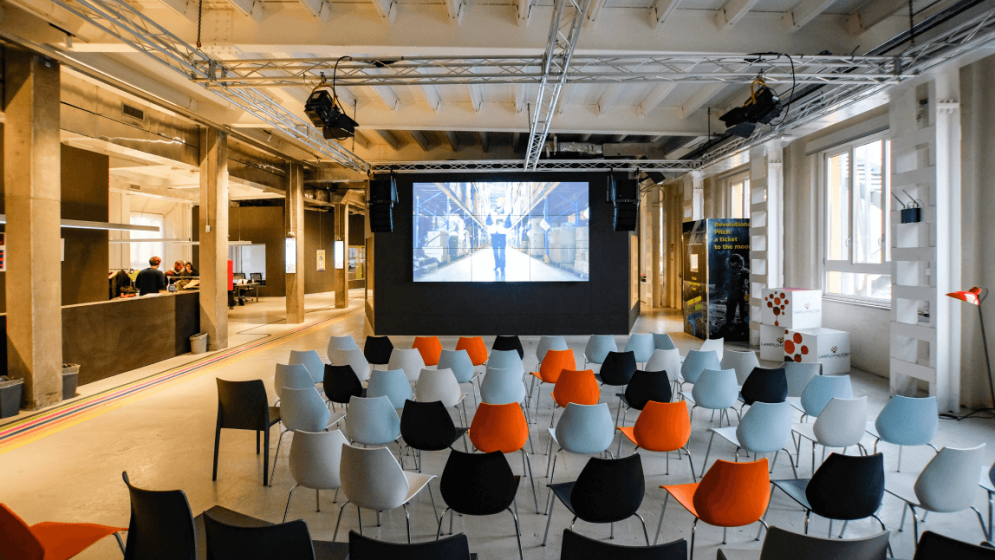
The Circular Economy Lab in Milan, in collaboration with Fondazione Cariplo
How does Intesa Sanpaolo benefit from the circular economy
“With a circular economy, we believe we can reduce the risk level of our asset portfolio”
Luigi Riccardo, Circular Economy Lab, Intesa Sanpaolo Innovation Center (Live Show)
Intesa Sanpaolo views the transition to a circular economy in two complementary ways:
A fundamental requirement to achieve economic development with a positive environmental and social impact
A value creation opportunity that is driven by the redesign of industrial processes and business model innovation
The value creation potential of the circular economy allows Intesa Sanpaolo’s investments to grow, while at the same time increasing resilience against operational, market and regulatory risks. The Plafond creates new business, by responding to client demands for financial products that support a low carbon, circular economy.
Since setting up the Plafond in 2018, Intesa Sanpaolo has received 650 applications, 263 of which had been funded by June 2021, for a value of more than EUR 4.5 billion.
Demand for Intesa Sanpaolo’s Green Bond has surpassed expectations, reaching more than EUR 3.5 billion, which is equivalent to four times the issue quantity. The success of this circular economy-focused bond has allowed Intesa Sanpaolo to curb its cost of funding, compared to a traditional bond issuance.
The overwhelmingly positive response to the Plafond and the Green Circular Bond yields two clear conclusions. Firstly, there is a clear demand from innovators and entrepreneurs for new facilities to finance their circular economy ideas. Secondly, there is a growing demand from the investor community for more circular economy investment opportunities. Intesa Sanpaolo has seized the opportunity to act as broker between these two important groups.
Not just the money
The support delivered by the group is not just limited to financial aspects. Since 2018 the Circular Economy Lab has delivered several successful initiatives.
In the open innovation space, for example, during 2020 the Lab launched “Circularity goes Digital” in partnership with Microsoft. More than 400 startups have been evaluated and more than 130 emerging innovators have been selected. Finalists presented their solutions to an audience of selected Italian corporates, with the aim to develop commercial agreements, proof of concepts, prototypes and new business opportunities.
Further reading
The circular economy as a de-risking strategy and driver of superior risk-adjusted returns – 2021 report – produced by the Ellen MacArthur Foundation, Intesa Sanpaolo and the University of Bocconi

